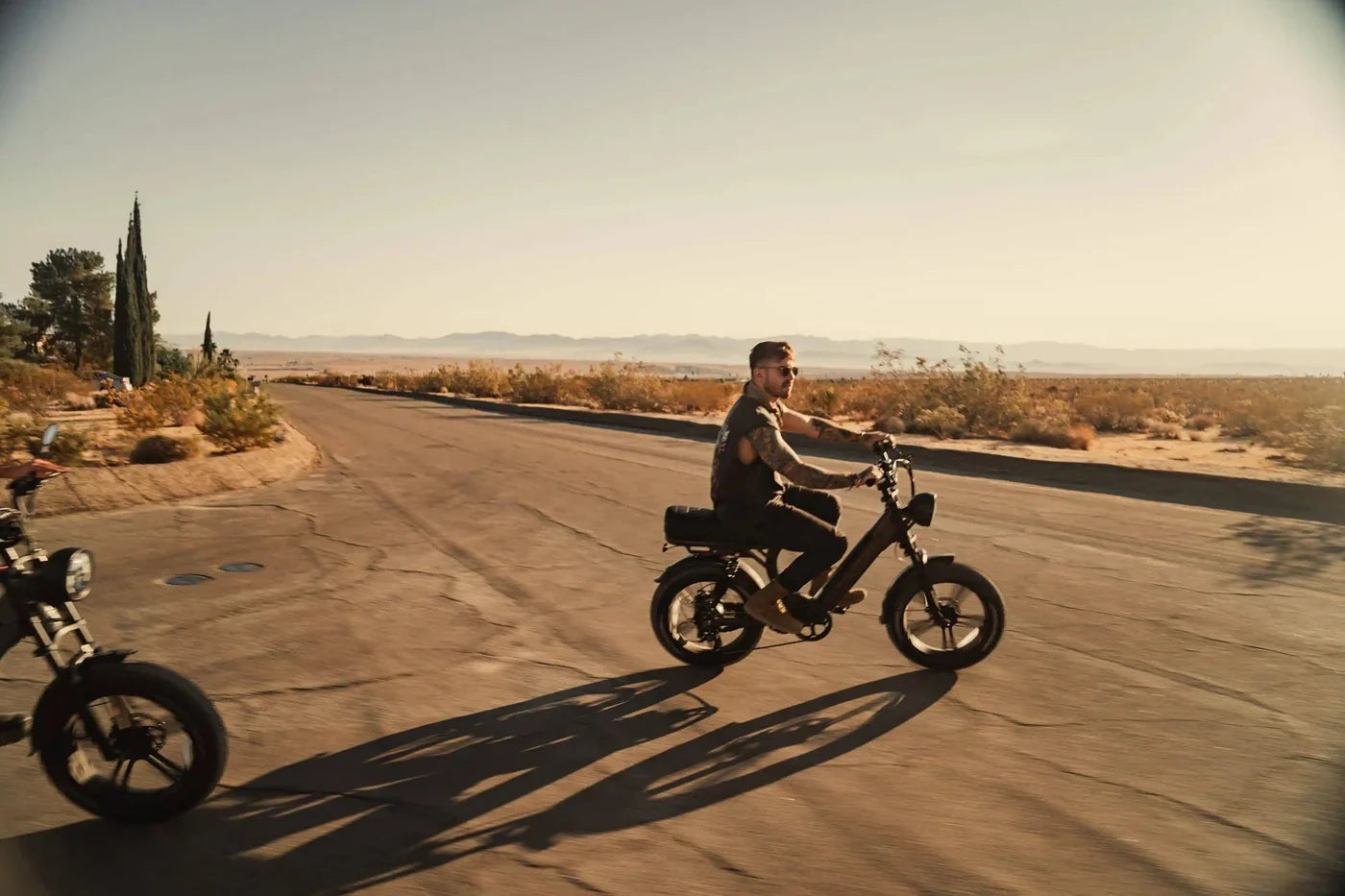Tired of sitting in traffic to your daily travel, or an outdoorsy person who desires to hit the paths in an environmentally pleasant style? Electric bicycles are an progressive, new, and an increasing number of popular transportation alternative with cyclists, commuters, and the inexperienced movement. With giant upgrades of their batteries and engineering, e-bikes at the moment are a real transportation alternative for plenty humans. But to those that would purchase the devices, one query looms huge: how a ways can an e-bike pass on a single fee?
What is the Range of E-Bike?
The range of an e-bike typically varies between 20 to 100 miles (32 to 160 km) per charge, depending on factors like battery capacity, motor efficiency, terrain, and riding style. E-bike variety is the most distance you can actually tour with an electric powered bike on a single price. This is an vital measure for each commuters and amusement/adventure riders. The range would be tremendously variable based on many elements: potential of the battery, terrain, rider weight, and the usage of pedal assist. Since manufacturers take a look at the variety in best situations-flat terrain, mild speeds, no wind-real performance will vary.
The variety informs riders about the better making plans of trips. This factor plays a major part in purchasing because this way one may purchase an e-bike which is quite considerable to his need and desire for application.
Factors Affecting E-Bike Range
Several key factors will determine how a long way an e-bike can go. First and essential, the potential of the battery itself is the maximum essential element. Measured in watt-hours, this is the amount of energy available to power the motor. A 500 Wh battery will have more range than a similar 250 Wh battery.
Range also depends on the motor's efficiency-the better the motor, the more energy from the battery it converts to forward motion. And finally, rider weight: heavier riders need more power, reducing the range achievable on a single charge.
The other major factors are topography and wind conditions. A flat road requires less power compared to steep ascents, which take a lot from the battery. Resistance to wind is another factor that works against the range: headwind reduces it, while tail wind increases it. Temperature also plays a part: it operates best between 60-77°F. Extreme hot or cold temperatures reduce efficiency.
Maximizing E-Bike Range
Get the most from your e-bike by using pedal-assist modes judiciously. Lower assist levels use less battery power, and coasting on downhill sections can further extend range. Avoid frequent speed variations and unnecessary acceleration because these will drain the battery faster.
Proper tire pressure reduces the rolling resistance, improving efficiency. Always check your tires and inflate them to recommended levels. Store your battery in moderate temperatures; charge it regularly, but do not let it go completely down for a recharge to prolong its lifetime.
Comparing E-Bike Types and Their Ranges
Different e-bike varieties respond to different needs and have different ranges. The commuter e-bikes fitted out for in-city travel boast ranges of 20-50 miles on a single charge and, therefore, would be ideal for daily commutes and running errands within the city. Mountain e-bikes are designed to take steep inclines and rough paths with ease, be it 20 miles on the most challenging trails or upwards to 50 miles on much smoother routes. Folding e-bikes prioritize portability and compactness, with smaller batteries providing 15-30 miles per charge, perfect for mixed commutes involving public transportation.
Aperyder Bikes: Reliable Performance and Range
The Aperyder e-bikes epitomize innovation and reliability. First, the Bonobo model is very powerful and stable; it can go up to 60 miles per charge. The Gibbon model, meant for urban versatility, provides about 50 miles per charge. Equipped with efficient battery management systems, both models maintain performance on diverse terrains.
Common misunderstandings are that e-bikes do not go very far, but with advanced battery technology, some modern e-bikes can cover over 50 miles on one charge. Others may say e-bikes are only for covering short distances. Though they masterfully take on short commutes, a long journey can be easily made with the right battery capacity and smart riding technique.
E-bikes have proved reliable on various weather conditions and terrain, negating the argument that they are meant for ideal environments. Quality manufacturers are making models for all kinds of riders and conditions; hence, performance is guaranteed.
Knowledge of e-bike range and what to expect will definitely aide a rider in their choice and how to maximize their cycling. Be it long distances, hilly routes, or simply commuting in cities, a judicious choice of e-bike, and its smart usage will mean the best result for any rider. Get the first-hand feel with Aperyder's Bonobo and Gibbon-achieving different aspects of cycling with excellent performance and range.









Leave a comment
All comments are moderated before being published.
This site is protected by hCaptcha and the hCaptcha Privacy Policy and Terms of Service apply.